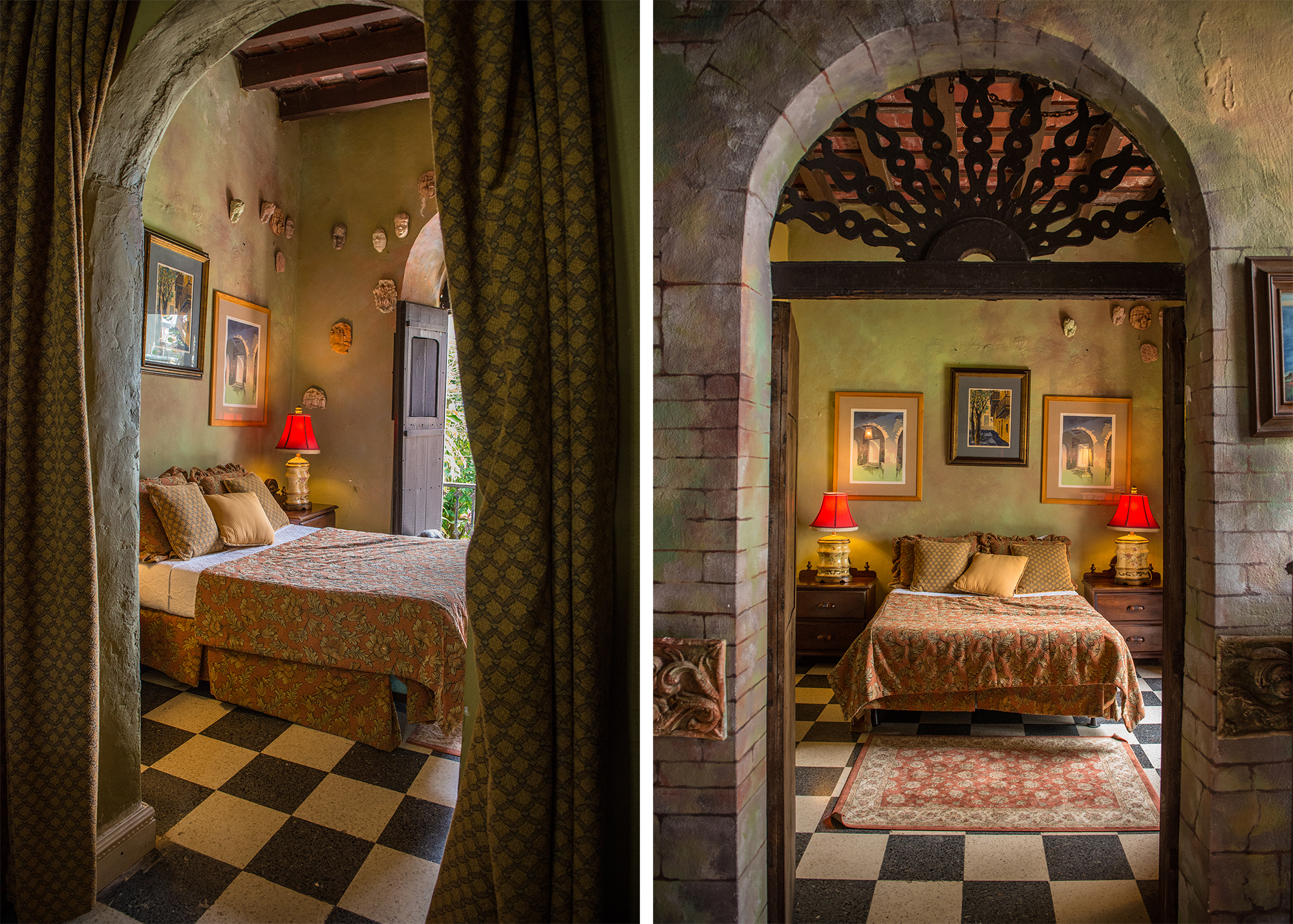


A team of four horses could only trot for about 10-15 miles and then it had to be changed. The vehicles were called ‘stage coaches’ because the journey was made in ‘stages’. However, stage coaches were being introduced and, for the first time ever, passengers who were rich enough could access long-distance public transport. In total there may have been as many as 40 or 50 inns.īy the 17th century, the idea of going on a pilgrimage had rather faded. Pilgrims could sleep in them and also find stabling for their horses. The entire eastern side of Borough High Street and much of the western side as well were both taken up with large inns. By the 13th century, one of the main ‘industries’ of Southwark was to provide for pilgrims in the form of inns where they could stay. Pilgrimages to Canterbury started after the slaying of Becket in 1170. In medieval times many travellers passed through Southwark – on their way to or from the Shrine of Thomas a Becket, at Canterbury. With the Norman invasion, England had many connections with France and those who came from the Continent would also have landed at Dover and travelled to London via the same road. It was laid out by the Romans – as part the route from London Bridge via Shooter’s Hill and Dartford to Canterbury and Dover. It can be considered one of London’s oldest streets. This is a pity because Borough High Street needs to be studied carefully. Everything is rushing about and, as you join the throng, you are in danger of being swept along as well. Orough High Street is a busy street – busy with never-ending traffic and busy with endless pedestrians pounding the narrow pavements. This is the first of a two-part Guest Post about the inns to be found on Borough High Street, specially written for CabbieBlog by Adrian Prockter.Īdrian has been lecturing on the subject of Inner London for many years, his specialist knowledge covers the City of London, the City of Westminster and the River Thames His website Know Your London contains a wealth of information about the capital.


 0 kommentar(er)
0 kommentar(er)
